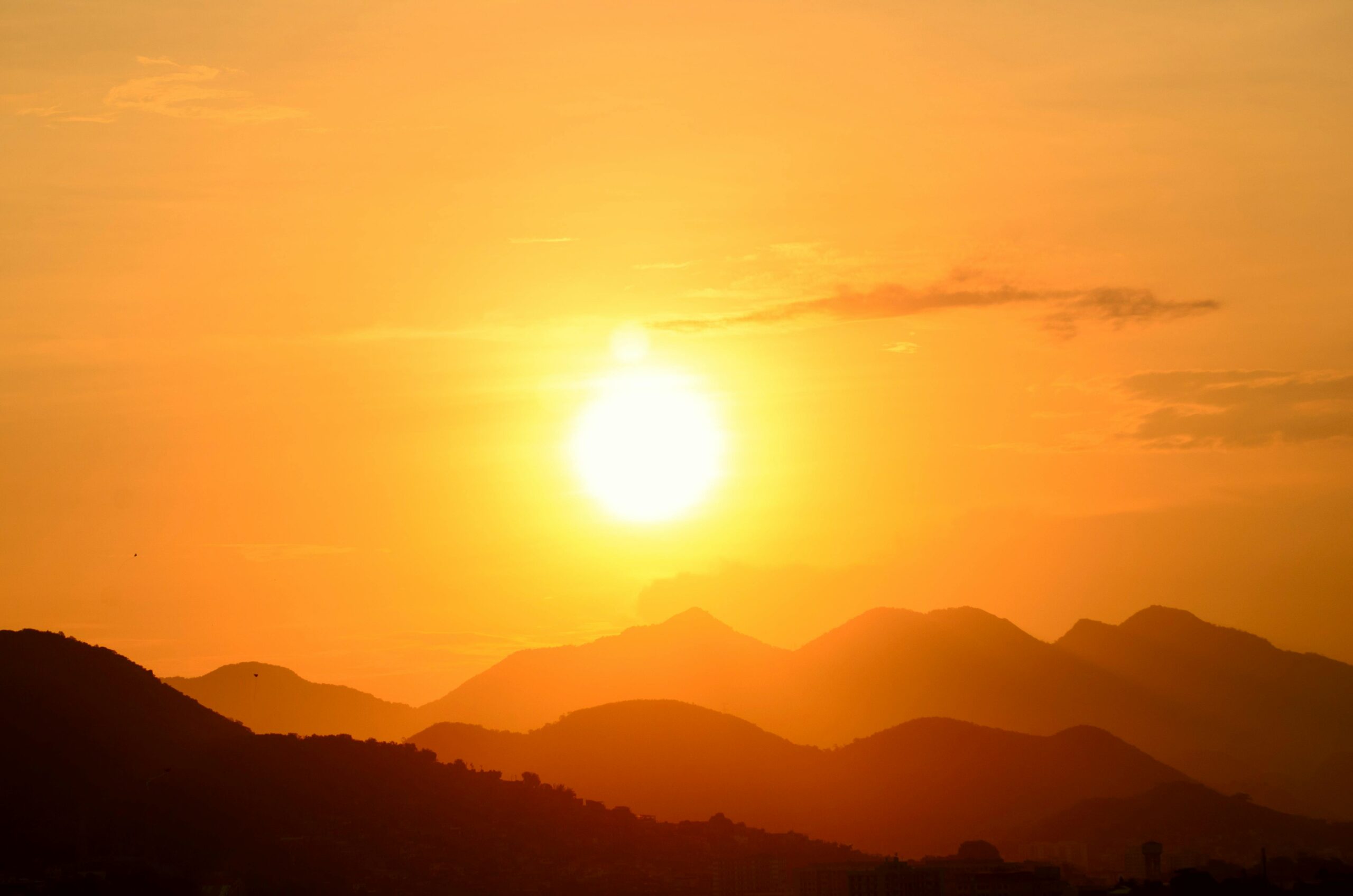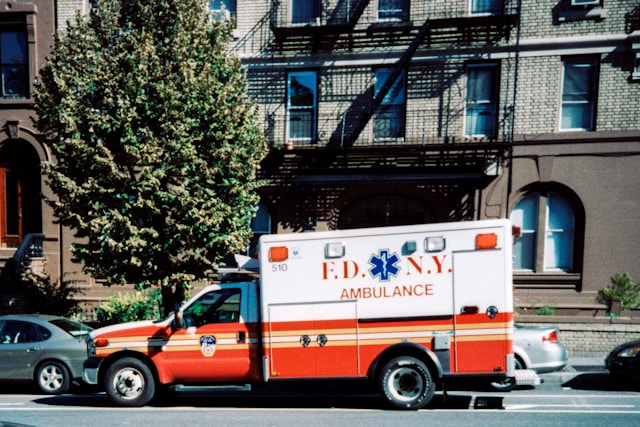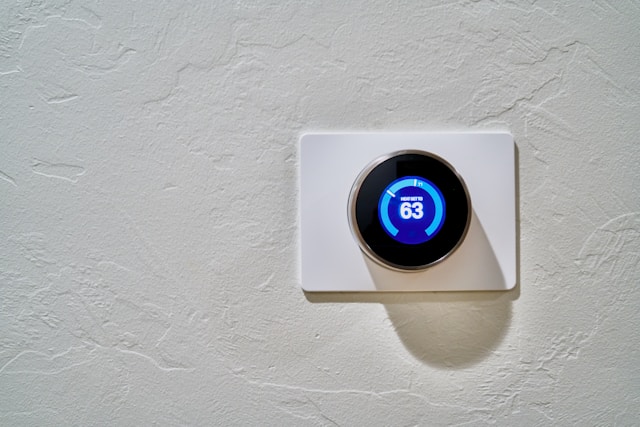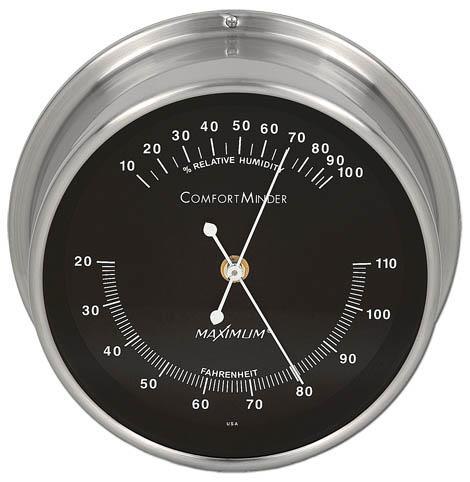Heatwave Preparedness: Monitoring Extreme Temperatures

As temperatures rise in the northern hemisphere throughout July & August, it is important to monitor local temperature and humidity levels and stay prepared for extreme heat. In 2023, the U.S. saw record temperatures and heat waves throughout the country, and based on record temperatures recorded in June, 2024 projects to be yet another very hot summer. A weather instrument or station that tracks temperature and humidity can help you stay informed and prepared for extreme heat.
What is a Heatwave?
A heatwave is defined as a prolonged period of excessively hot weather, which is often accompanied by high levels of humidity. Depending on the intensity – low, severe or extreme – heatwaves can be dangerous, as they put people and animals at risk for heat-related illnesses. Let’s go deeper into the different levels of heatwaves below.
Low-Intensity Heatwave
These are periods of hot weather that are above average but not excessively so. They typically do not pose a significant risk to human health or infrastructure but can still be uncomfortable and may affect vulnerable populations. Temperatures are elevated but usually below critical thresholds and they are typically shorter in duration.
Severe Heatwaves
These heatwaves are more intense and prolonged and can pose significant health risks. These are characterized by higher temperatures that are well above the average for the region, lasting for several days to a week or more.
Extreme Heatwaves
These are the most intense and prolonged heatwaves, with temperatures reaching critical levels, often breaking historical records, and lasting for weeks or more. Extreme heatwaves pose severe health risks including a high likelihood of heat-related deaths, widespread disruption of services, potential failure of critical infrastructure, significant agricultural impacts, and serious environmental consequences such as wildfires.
3 Common Heat-Related Illnesses
1. Heat Cramps
Heat cramps are painful, involuntary muscle spasms that occur during or after intense exercise in hot environments. They are often the first sign of heat-related illness.
Heat Cramp Signs:
- Painful muscle spasms, often in the legs, arms, or abdomen
- Heavy sweating during intense exercise
What to Do:
- Stop all activity and sit down in a cool place.
- Hydrate with water or an electrolyte drink.
- Stretch and gently massage the affected muscles.
- Avoid strenuous activity for a few hours after the cramps subside to prevent progression to more serious heat-related illnesses.
2. Heat Exhaustion
Heat exhaustion is a more serious condition than heat cramps, resulting from prolonged exposure to high temperatures and inadequate fluid intake. It can lead to heat stroke if not treated promptly.
Heat Exhaustion Signs:
- Heavy sweating
- Weakness or fatigue
- Cold, pale, and clammy skin
- Fast, weak pulse
- Nausea or vomiting
- Muscle cramps
- Dizziness or fainting
What to Do:
- Move to a cooler, air-conditioned environment.
- Lie down and loosen clothing.
- Apply cool, wet cloths to as much of the body as possible.
- Sip water or an electrolyte drink.
- If symptoms persist for more than an hour, or if you have heart problems or high blood pressure, seek medical attention.
 3. Heat Stroke
3. Heat Stroke
Heat stroke is the most severe form of heat-related illness, occurring when the body can no longer regulate its temperature. It is a medical emergency and can be fatal if not treated immediately.
Heat Stroke Signs:
- High body temperature (104°F or higher)
- Hot, red, dry, or damp skin
- Rapid, strong pulse
- Throbbing headache
- Dizziness, confusion, or loss of consciousness
- Nausea or vomiting
What to Do:
- Call 911 or seek immediate medical assistance.
- Move the person to a cooler environment.
- Reduce the person’s body temperature with cool cloths or a cool bath. Do not give fluids if the person is unconscious.
- Use whatever means available to cool the person rapidly (e.g., cool, wet cloths, a cool bath, spraying with a garden hose).
- Monitor the person’s temperature and continue cooling efforts until medical help arrives.
Heatwave Preparedness Checklis (3 Considerations)
 1. Cooling and Ventilation
1. Cooling and Ventilation
Air Conditioning:
- Ensure your air conditioning unit is serviced and in good working order.
- Clean or replace air filters regularly.
- Have backup plans for power outages, such as battery-operated fans or a generator.
Fans:
- Use ceiling fans or portable fans to circulate air.
- Create cross-ventilation by opening windows on opposite sides of the home during cooler parts of the day.
Windows and Shades:
- Install or use blinds, shades, or curtains to block out direct sunlight.
- Apply reflective window film to reduce heat gain.
2. Hydration, Nutrition & Health
Water Supply:
- Stock up on bottled water and ensure you have an adequate supply.
- Encourage everyone in the household to drink water regularly, even if they don’t feel thirsty.
Hydrating Foods:
- Keep a supply of fruits and vegetables high in water content, such as cucumbers, watermelon, and oranges.
- Avoid heavy meals and opt for lighter, cooler options.
Health Supplies:
- Have a first aid kit readily available.
- Store medications in a cool, dry place and ensure they are within their expiration dates.
- Know the signs of heat-related illnesses and the appropriate first aid measures.
3. Electronics and Appliances
Power Management:
- Avoid using heat-generating appliances (e.g., oven, stove) during the hottest parts of the day.
- Unplug unnecessary electronics to reduce heat generation and save energy.
Refrigeration:
- Check that your refrigerator and freezer are working efficiently.
- Stock up on ice packs and frozen water bottles to help keep food cool during a power outage.
Why Is a Weather Station Essential for Heatwave Preparedness?
 Having a weather station that monitors temperature and humidity is a great way to keep track of the heat and stay ahead of any dangerous situations. In many towns and cities, the temperature reading or forecast from a weather app or website for your location can be many miles away and significantly different than the actual temperature at your house. How much direct sunlight your property gets, wind speeds, proximity to the coast and elevation, among other factors, can significantly impact temperature differences, so having a weather station at home can give you a picture of exactly what to expect outside when you open your front door.
Having a weather station that monitors temperature and humidity is a great way to keep track of the heat and stay ahead of any dangerous situations. In many towns and cities, the temperature reading or forecast from a weather app or website for your location can be many miles away and significantly different than the actual temperature at your house. How much direct sunlight your property gets, wind speeds, proximity to the coast and elevation, among other factors, can significantly impact temperature differences, so having a weather station at home can give you a picture of exactly what to expect outside when you open your front door.
A home weather station can also help you monitor exactly what times of day your property is hottest, and coolest, so you can adjust your air conditioning accordingly and save energy whenever possible. It can also help you pick the best times to be outside if you have a need to go out during a heatwave. Monitoring the temperature and humidity inside your home with a station or instrument can also help you determine how well your air conditioning is working, when to turn it on, and when it’s safe to turn off and conserve energy.

